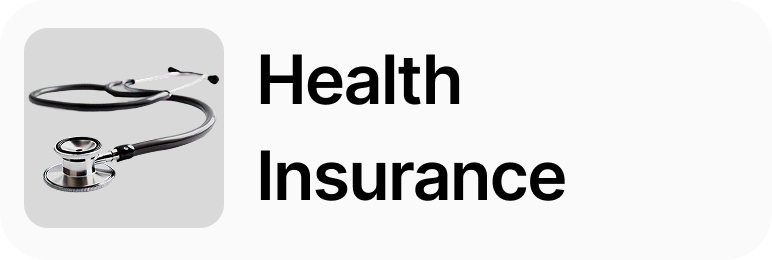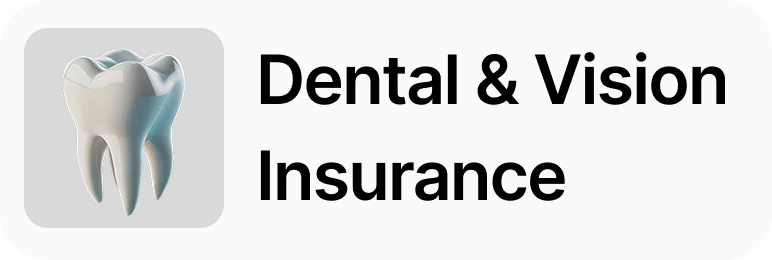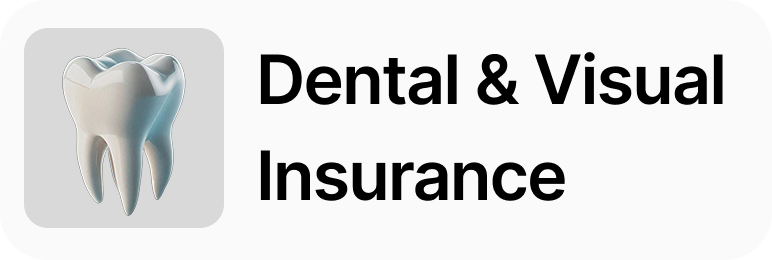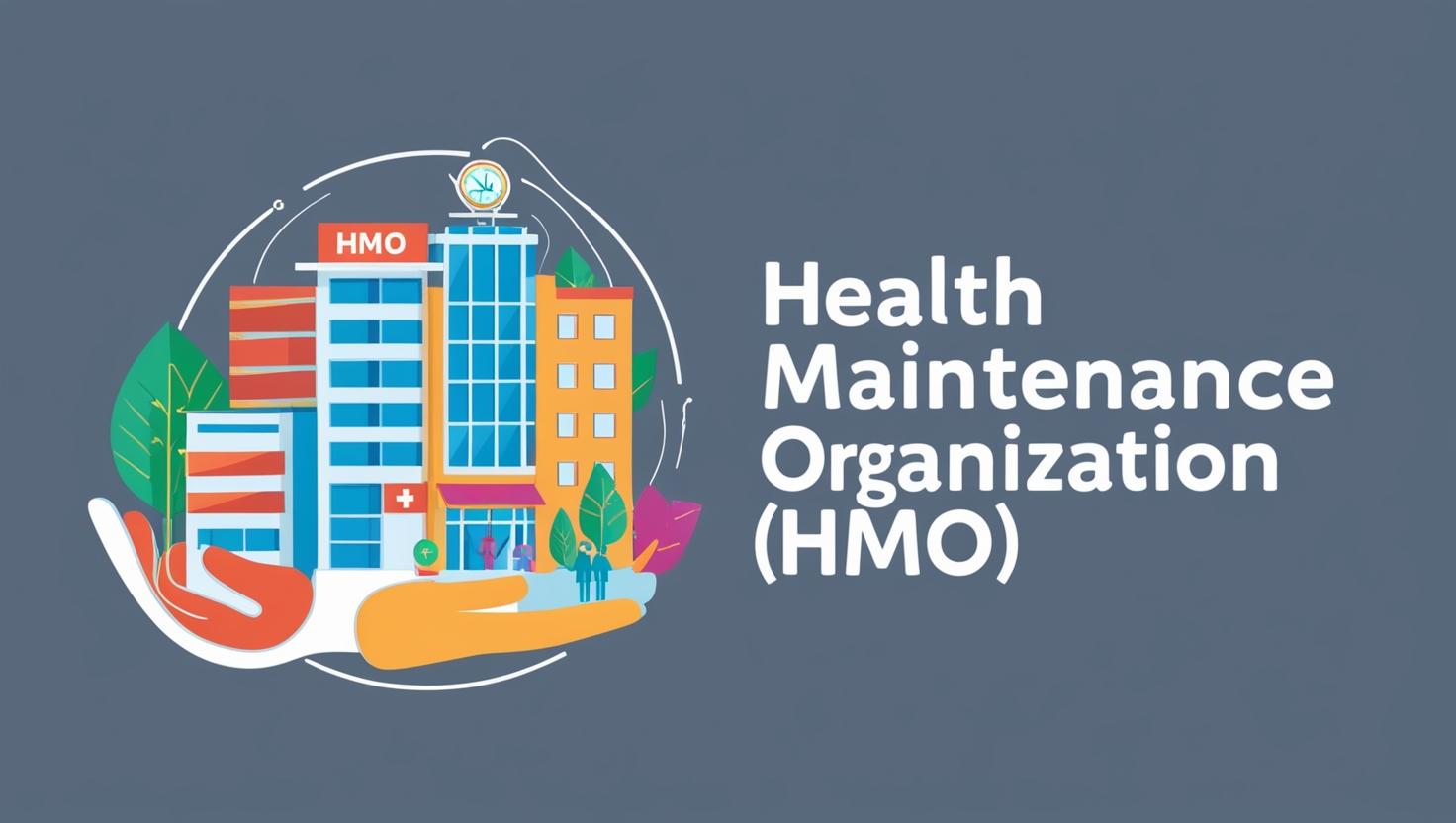Health insurance whether we like it or not is an essential part of healthcare in America, when used appropriately it offers financial protection against unexpected medical costs. Whether it is a routine checkup, emergency surgery, or a long-term illness, health insurance ensures that individuals and families have access to the best care possible without facing financial hardship. What is a PPO, EPO, HMO, HDPD? We will go more in-depth to answer this question!
Most people are overwhelmed by health insurance in this article we will break down the basics, explaining what it is, how it works, and the different types of networks.
What is Health Insurance?
At its core, health insurance is a contract between an individual or group and an insurance provider. In exchange for a monthly premium, the insurance provider agrees to cover a portion of the insured person’s medical expenses. These expenses can range from doctor visits to hospital stays, prescription medications, surgeries, and preventive care.
The primary goal of health insurance is to reduce the financial burden of healthcare by sharing the costs between the insured person and the insurer. Without health insurance, medical care can become prohibitively expensive, leading to financial strain or even bankruptcy.
Types of Health Insurance
There are various types of health insurance plans, each designed to meet different needs. The two most common types are:
- Private Health Insurance: This can be purchased individually or provided through an employer. Employers often offer health insurance as part of an employee benefits package, and in many cases, the employer will cover a portion of the premium costs. Individuals who do not have employer-sponsored coverage can purchase insurance through private companies or through government-run marketplaces, such as the Health Insurance Marketplace established by the Affordable Care Act (ACA) they generally include a subsidy to help reduce the cost of your monthly premium.
- Public Health Insurance: These are government-funded programs aimed at providing health coverage to individuals who may not be able to afford private insurance. The most common public health insurance programs in the U.S. are:
- Medicare: A federal program primarily for individuals aged 65 and older, though it also covers some younger individuals with disabilities.
-
Medicaid:
A joint federal and state program that helps low-income individuals and families pay for healthcare.
-
CHIP (Children’s Health Insurance Program):
A program aimed at providing health coverage for children in low-income families who do not qualify for Medicaid.
How Does Health Insurance Work?
Health insurance can seem confusing because it involves many components. Let’s break down the key elements:
- Premium: This is the amount you pay regularly (usually monthly) for your health insurance plan. The premium is essentially the cost of maintaining your insurance coverage.
- Deductible: This is the amount of money you must pay out-of-pocket before your insurance begins to cover medical expenses with the exception of any service that requires a co-pay. For example, if your plan has a deductible of $1,000, you’ll need to pay that amount yourself for medical services before the insurance starts to pay.
-
Copayments and Coinsurance:
After you’ve met your deductible, you may still need to pay a portion of your medical costs through coinsurance.
-
Copayment(copay):
This is a fixed amount you pay for certain services, such as a $20 copay for a doctor’s visit.
-
Coinsurance:
This is the percentage of the medical costs that you are responsible for after meeting your deductible. For example, if your coinsurance is 20%, and a medical procedure costs $1,000, you will pay $200, while your insurance pays the remaining $800.
-
- Out-of-Pocket Maximum: This is the maximum amount you will have to pay for covered services in a plan year. Once you reach this amount, the insurance will cover 100% of your medical costs for the rest of the year. This is designed to protect you from catastrophic medical expenses.
Health Insurance Networks: Types of Plans
Health insurance plans often come with a set of “networks”—groups of doctors, hospitals, and other healthcare providers who have agreed to provide medical services at discounted rates for insurance plan members. The type of network can affect your access to care and your costs. Here are the most common types of insurance networks: What is a PPO, HMO, EPO, HDHP?
-
Health Maintenance Organization (HMO):

-
Overview: HMO plans generally require you to select a primary care physician (PCP) who manages your care and provides referrals to specialists when needed.
-
Network: HMOs usually have a smaller network of doctors and hospitals. If you go outside the network, your insurance may not cover the costs except in emergencies.
- Costs: Typically, HMO plans have lower premiums and out-of-pocket costs, but you must receive care within the network (except in emergencies).
-
-
Preferred Provider Organization (PPO):
-
Overview: PPO plans offer more flexibility than HMOs. You can see any doctor or specialist without needing a referral, and you don’t have to choose a PCP.
-
Network: PPOs have a larger network of healthcare providers. While you can see providers outside the network, doing so will usually result in higher costs.
-
Costs: PPO plans tend to have higher premiums and out-of-pocket expenses compared to HMOs, but they offer more freedom to choose healthcare providers.
-
-
Exclusive Provider Organization (EPO):
-
Overview: EPO plans are similar to PPOs but with a key difference— they do not cover any care outside the network, except in emergencies.
-
Network: Like PPOs, EPO plans offer a large network of providers, but if you need care outside that network, you will have to pay for it entirely out of pocket.
-
Costs: EPOs are typically more affordable than PPOs because they restrict coverage to a specific network of providers.
-
-
High Deductible Health Plan (HDHP):
-
Overview: HDHPs typically feature higher deductibles and lower premiums. They are often paired with Health Savings Accounts (HSAs), which allow you to save money tax-free for medical expenses.
-
Network: HDHPs may be HMO, PPO, or EPO plans, depending on the specific plan structure.
-
Costs: HDHPs offer lower premiums but require you to pay more upfront for care until your deductible is met. These plans are best suited for people who are generally healthy and do not require frequent medical care.
-
Conclusion
Health insurance can seem overwhelming with its various components, but understanding the basics—such as premiums, deductibles, copayments, and networks—can help you navigate the complexities. Each type of health insurance network offers different levels of flexibility and cost, so it’s important to choose a plan that fits your health needs and budget. By becoming familiar with how health insurance works and the network options available, you can make an informed decision about the right plan for you and your family.
What is a PPO, EPO, HMO, HDHP? You should now know the answer!
If you need guidance, or just have some general questions do not hesitate to reach out here!





